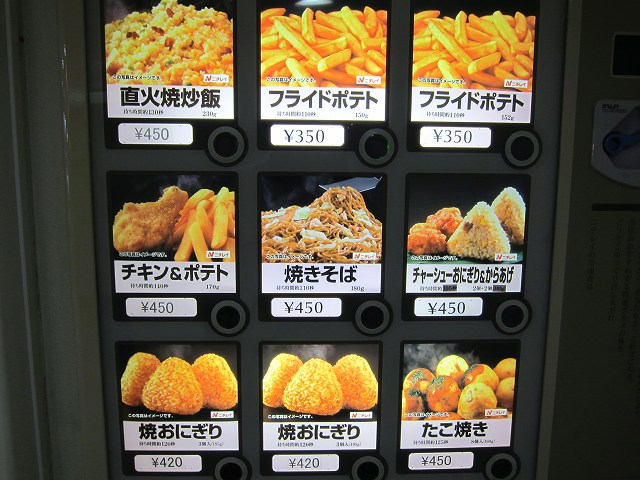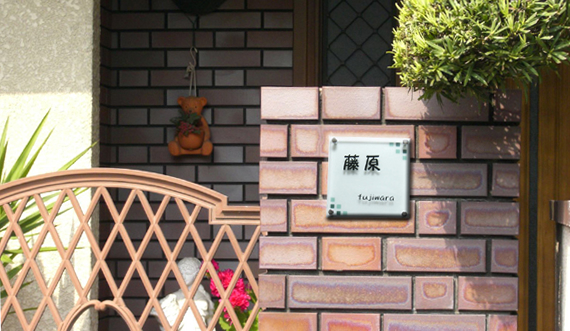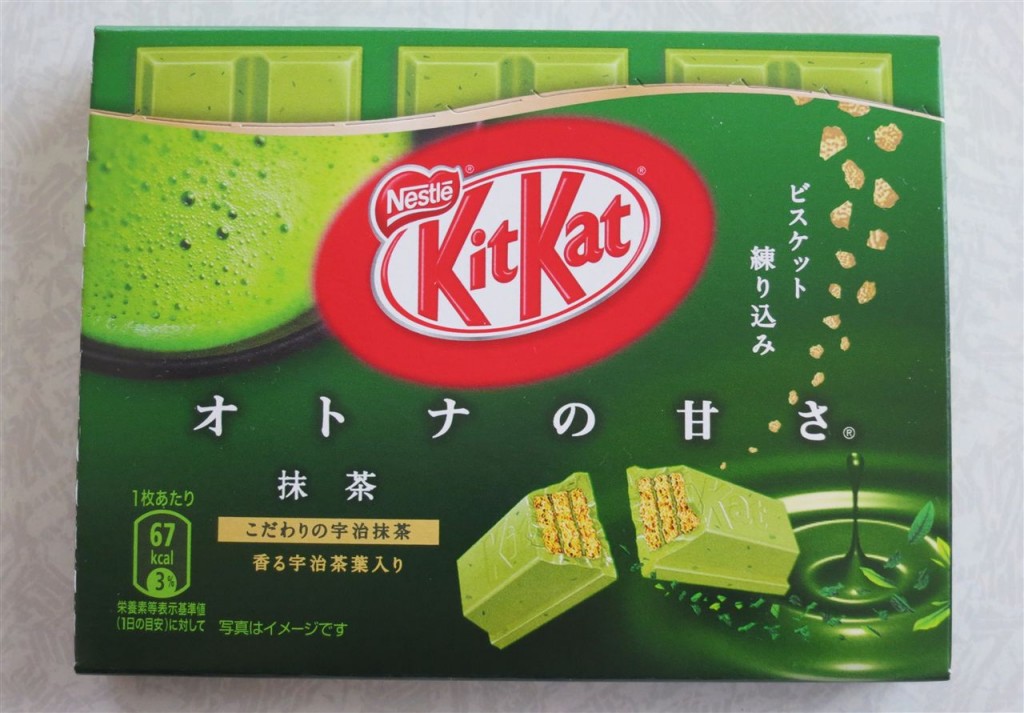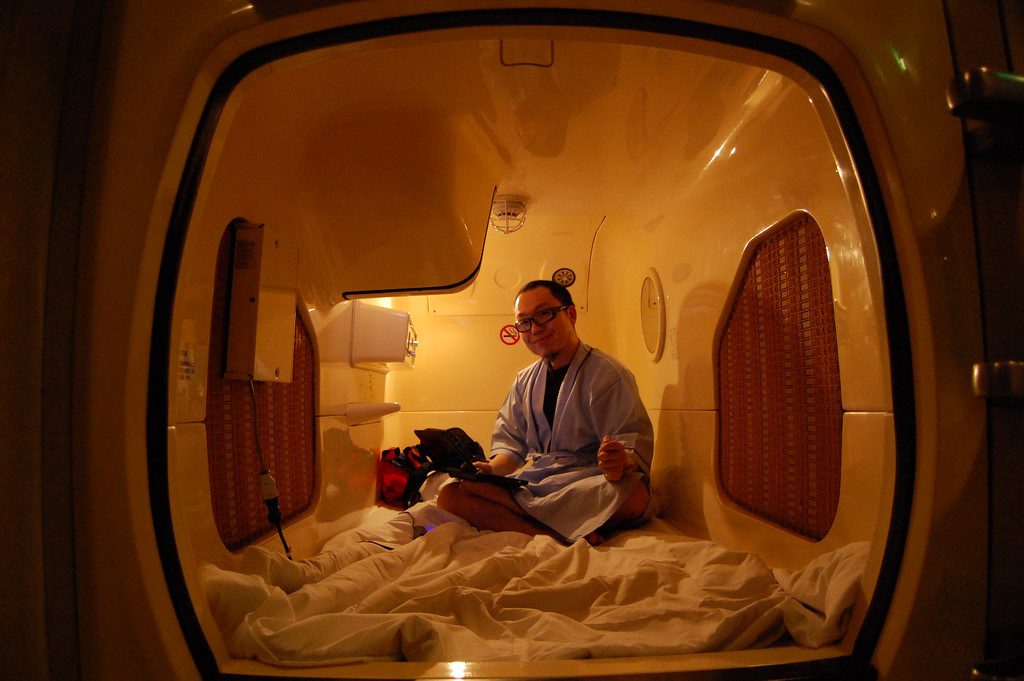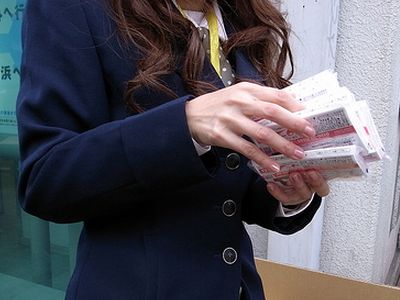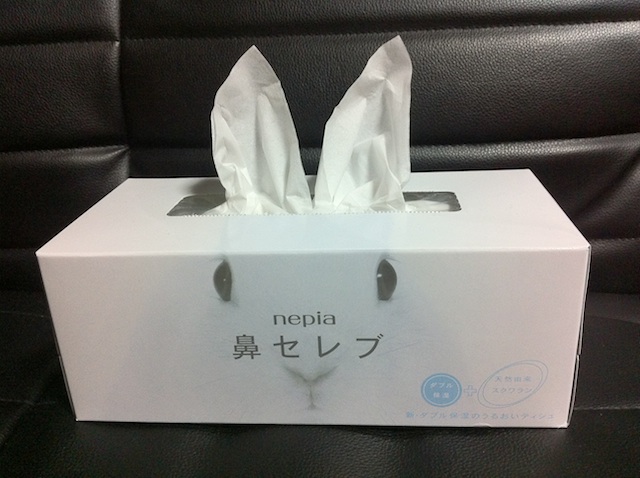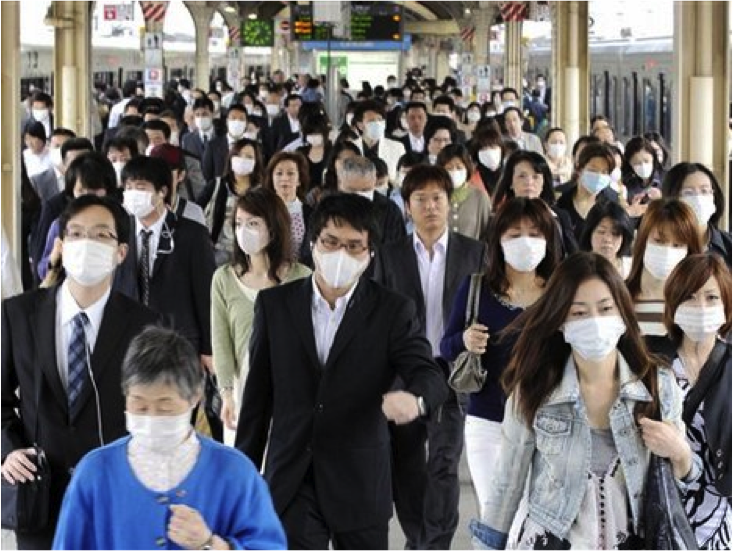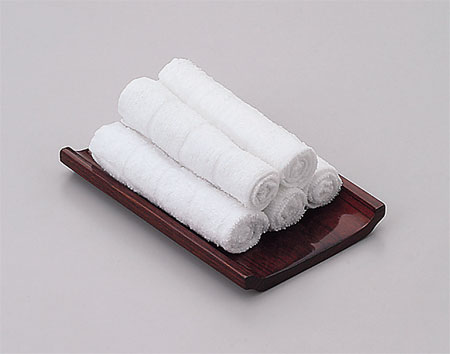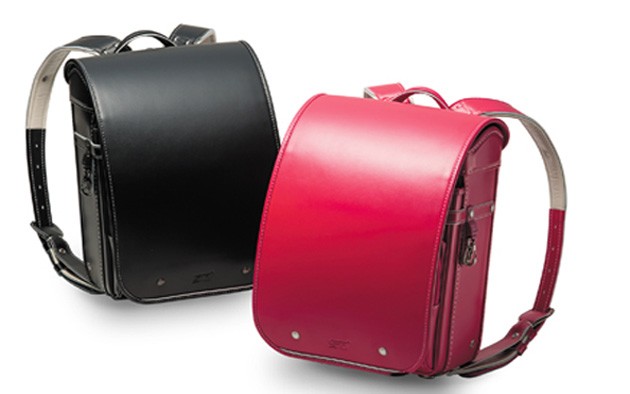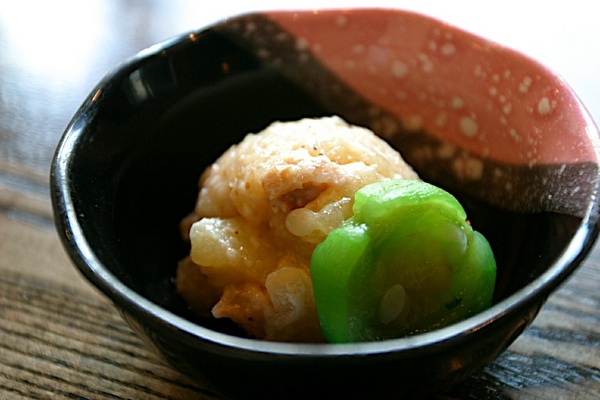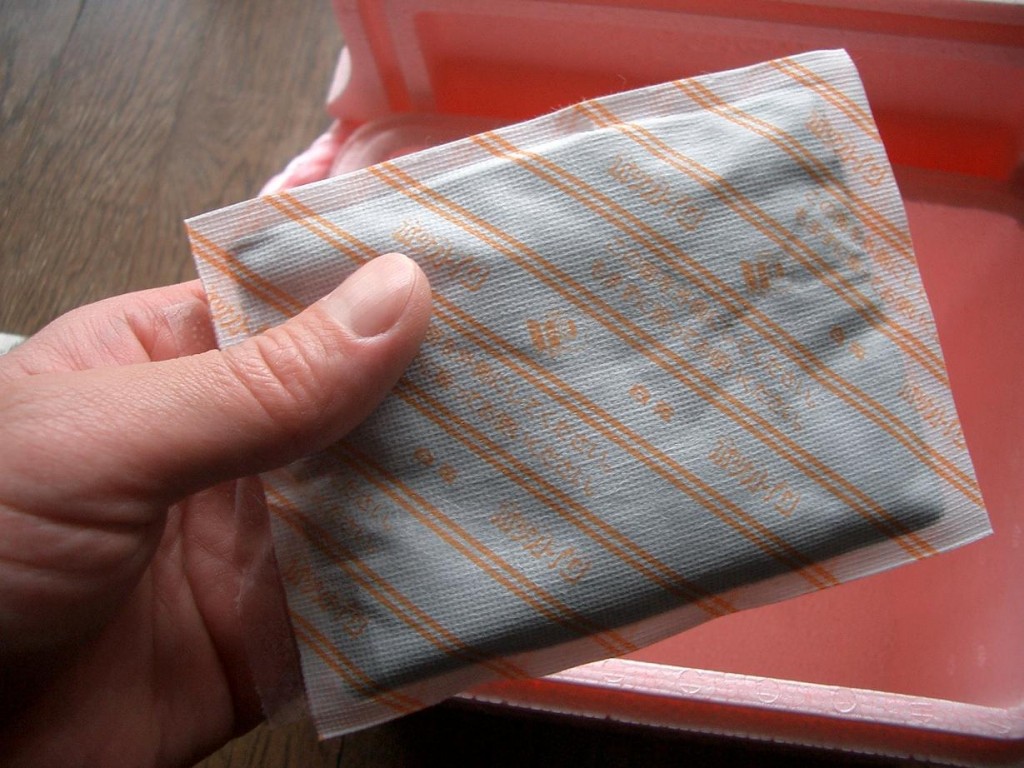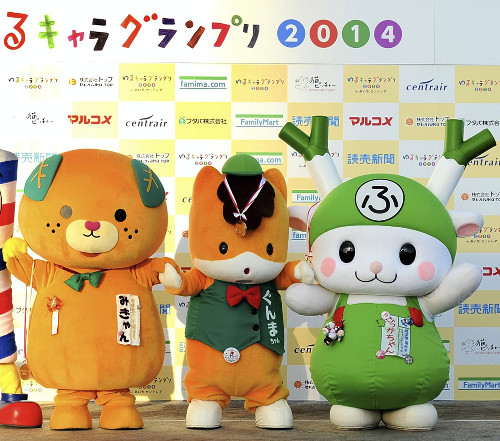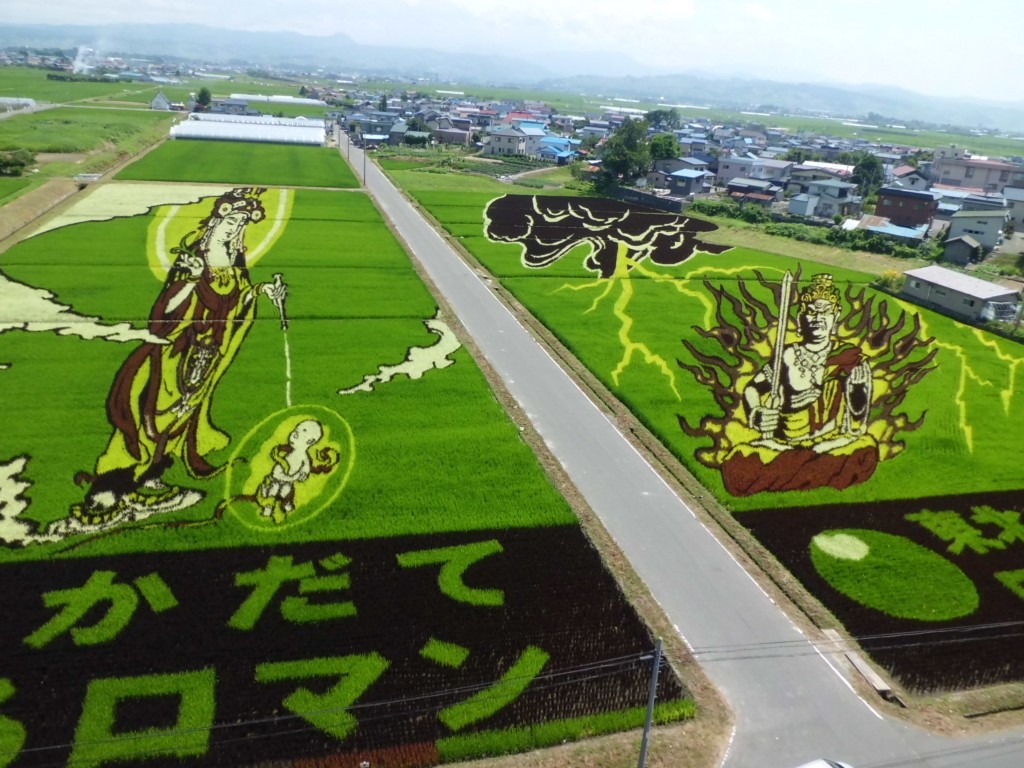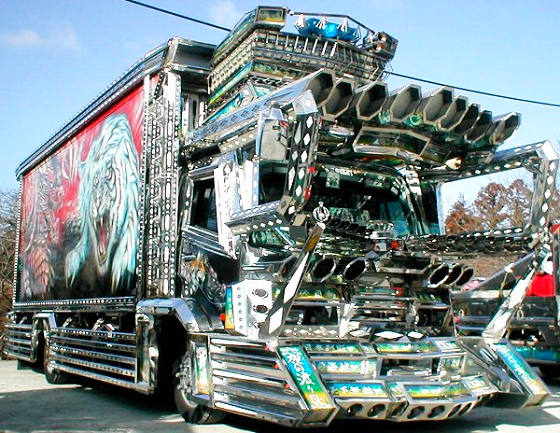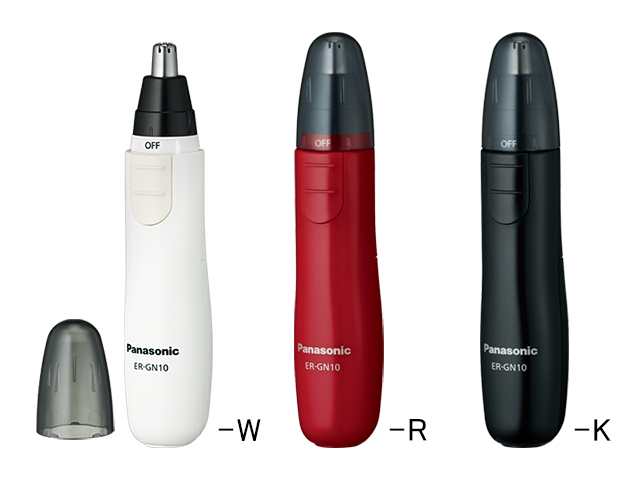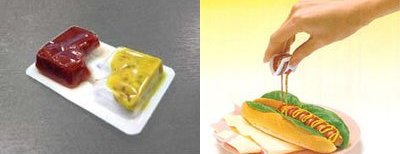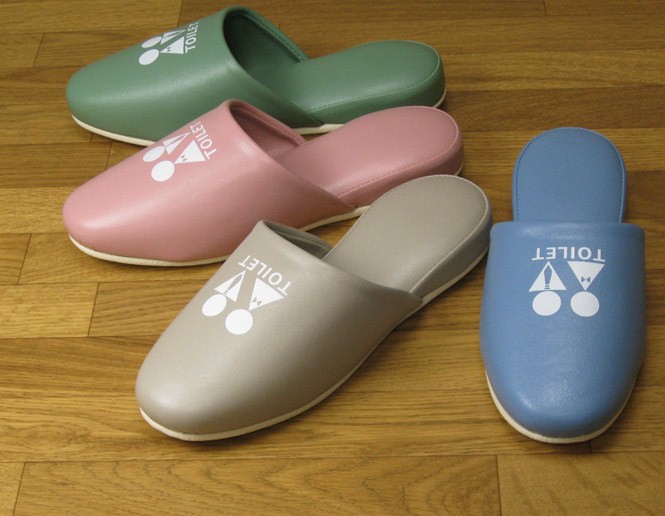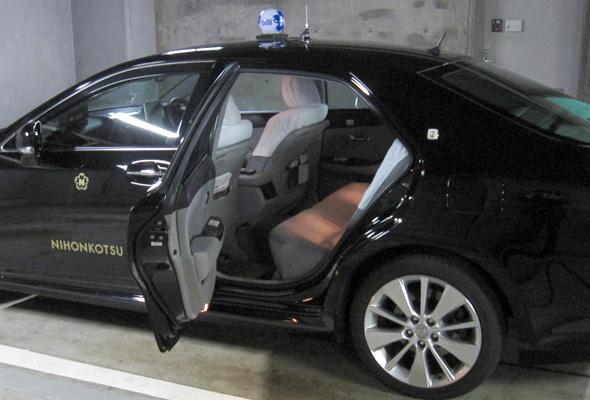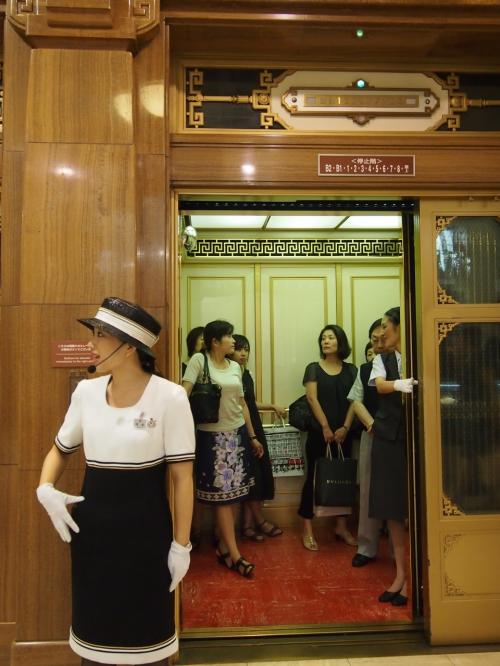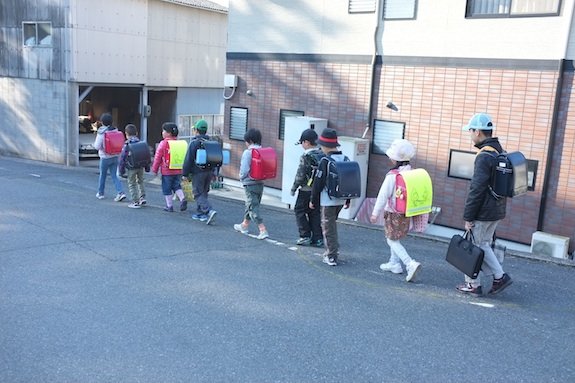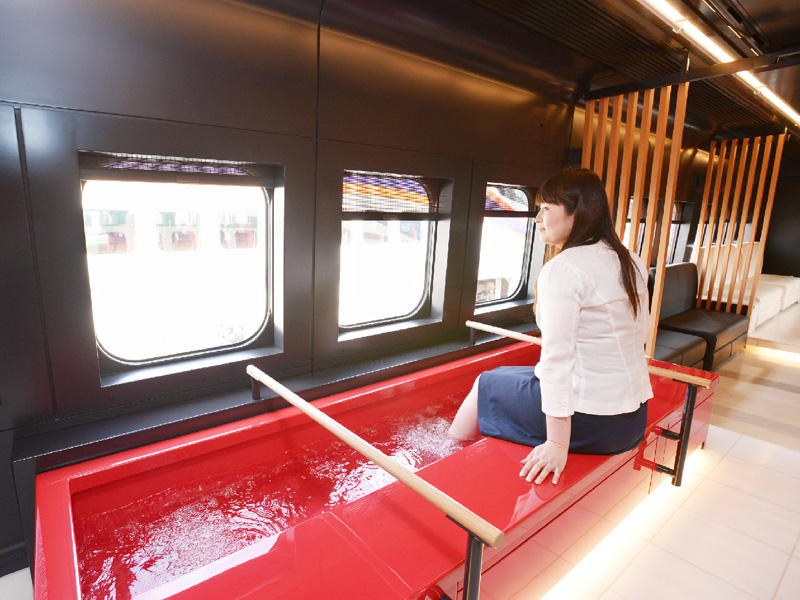1. Emilio Aguinaldo 1899-1901
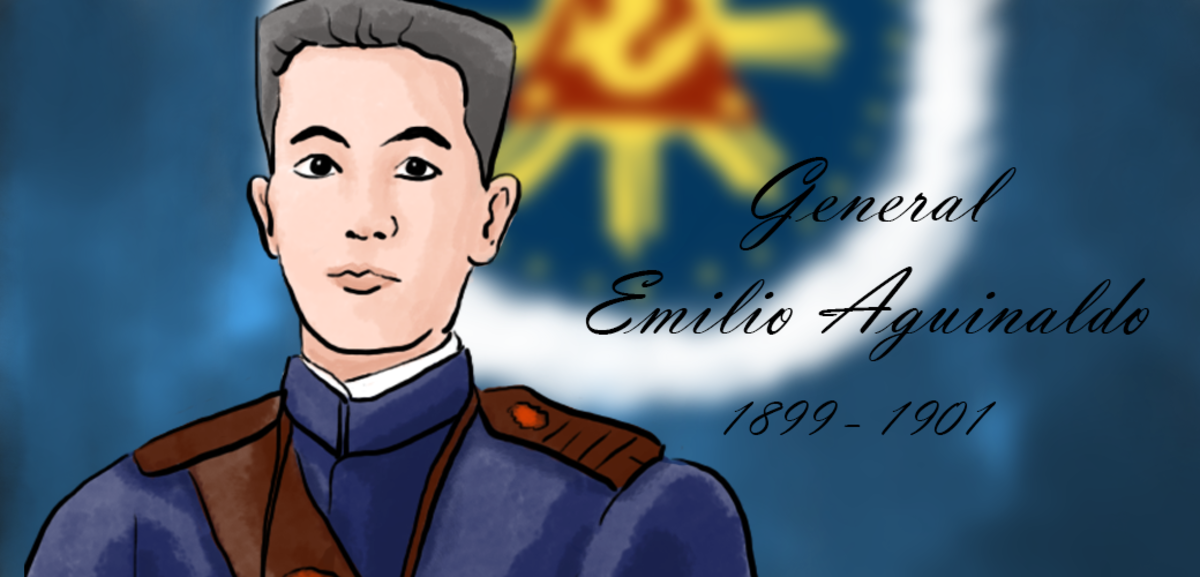
One way to remember the first president of the Philippines First Republic is to look at the five peso coin. Gen. Emilio Aguinaldo's face used to grace the five peso bill (which is not used anymore). The back of the bill shows him holding the Philippine flag at the celebration of the Philippine Independence Day.
Contributions and Achievements:
first (and only) president of the First Republic (Malolo Republic)signed the Pact of Biak-na-Bato, creating a truce between the Spanish and Philippine revolutionariesknown as the President of the Revolutionary Governmentled the Philippines in the Spanish-Philippine War and the American-Philippine Waryoungest president, taking office at age 28longest-lived president, passing away at 94
2. Manuel L. Quezon, 1935-1944
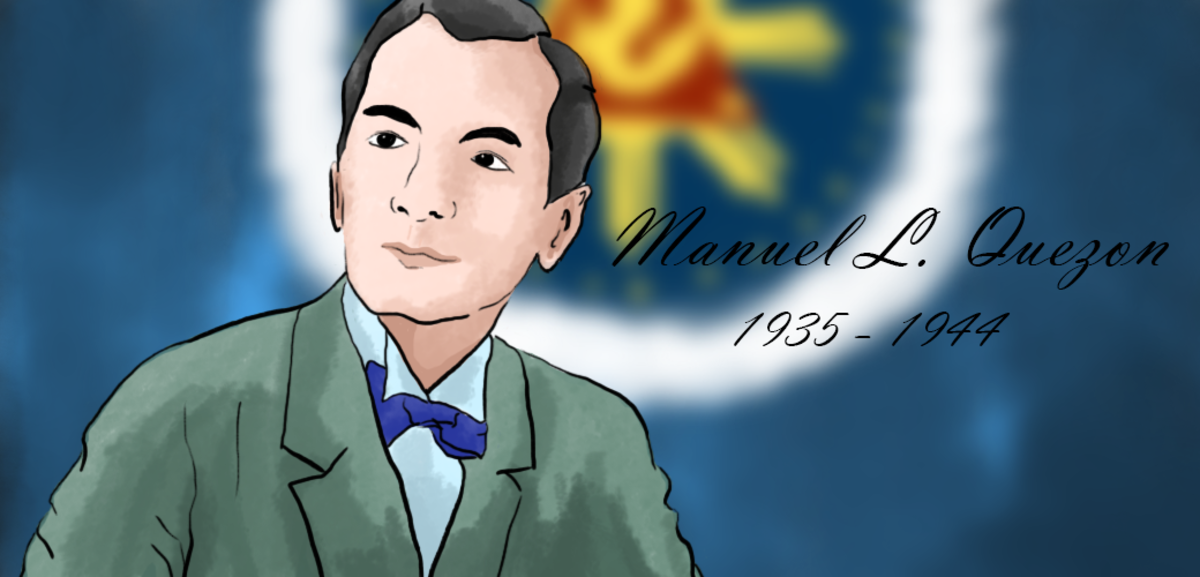
After 34 years of Insular Government under American rule, Philippine voters elected Manuel Luis Quezon first president of the Commonwealth of the Philippines. He is known as the “Father of National Language” (
Ama ng Wikang Pambansa). He died of tuberculosis in Saranac Lake, New York.
Contributions and Achievements:
first Senate president elected as President of the Philippinesfirst president elected through a national electionfirst president under the Commonwealthcreated National Council of Educationinitiated women’s suffrage in the Philippines during the Commonwealthapproved Tagalog/Filipino as the national language of the Philippinesappears on the twenty-peso billa province, a city, a bridge and a university in Manila are named after himhis body lies within the special monument on Quezon Memorial Circle
3. José P. Laurel, 1943-1945
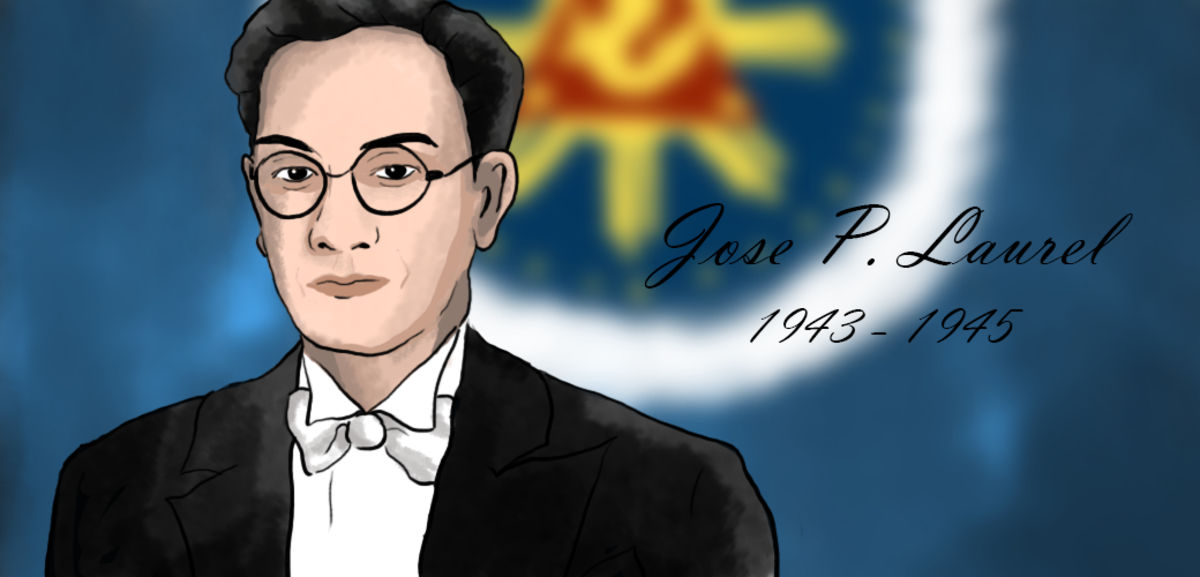
José P. Laurel's presidency is controversial. He was officially the government's caretaker during the Japanese occupation of World War II. Criticized as a traitor by some, his indictment for treason was superseded later by an amnesty proclamation in 1948.
Contributions and Achievements:
since the early 1960s, Laurel considered a legitimate president of the Philippinesorganized KALIBAPI (
Kapisanan sa Paglilingkod sa Bagong Pilipinas, or Association for Service to the New Philippines), a provisional government during Japanese occupationdeclared Martial Law and war between the Philippines and the U.S./United Kingdom in 1944with his family, established the Lyceum of the Philippines
4. Sergio Osmeña, 1944-1946
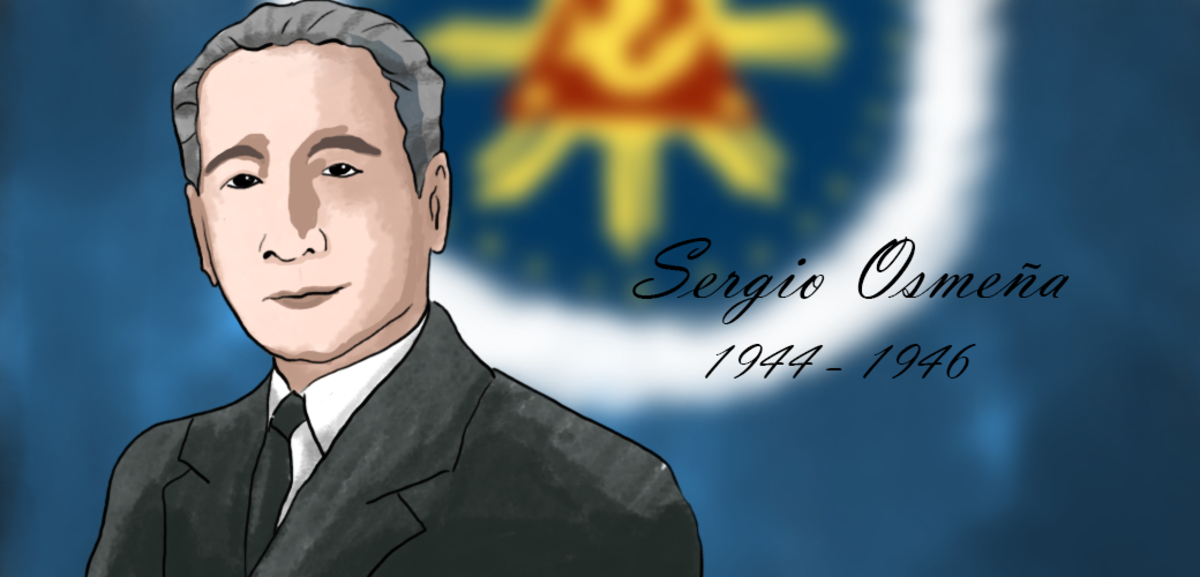
Sergio Osmeña was the second president of the Commonwealth. During his presidency, the Philippines joined the International Monetary Fund.
Contributions and Achievements:
became president at 65, making him the oldest person to hold officefirst Visayan to become presidentjoined with U.S. Gen. Douglas McArthur in Leyte on October 20, 1944 to begin restoration of Philippine freedom after Japanese occupationPhilippine National Bank was rehabilitated and the country joined the International Monetary Fund during his presidencyBell Trade Act was approved by the U.S. Congress during his presidencyappears on the 50-peso bill
5. Manuel Roxas, 1946-1948
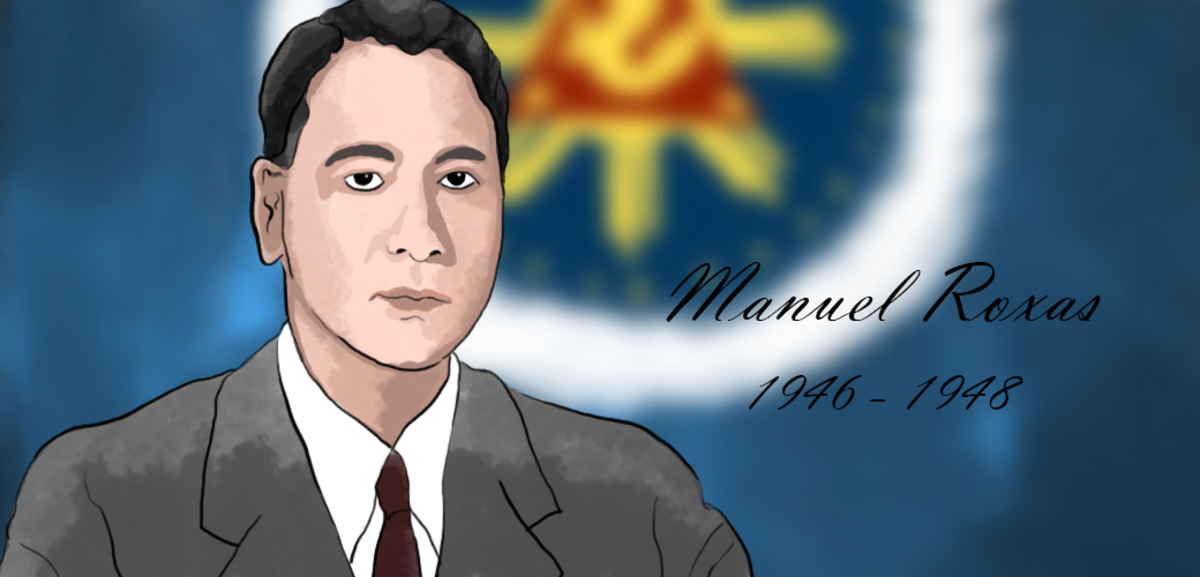
Manuel Roxas was the fifth president of the Philippines: the third (and last) president under the Commonwealth, and the first president of the Third Republic of the Philippines. He held office for only one year, 10 months, and 18 days.
Contributions and Achievements:
inaugurated as the first president of the new Republic after World War IIreconstruction from war damage and life without foreign rule began during his presidencyunder his term, the Philippine Rehabilitation Act and Philippine Trade Act laws were accepted by Congressappears on the 100-peso bill
6. Elpidio Quirino, 1948-1953
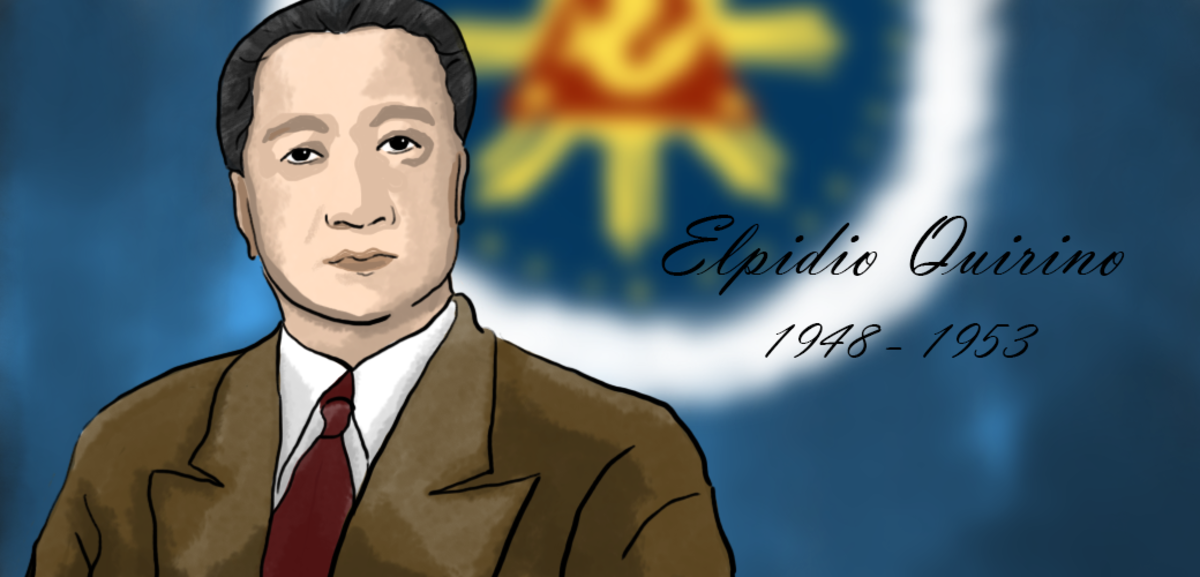
Elpidio Quirino served as vice president under Manuel Roxas. When Roxas died in 1948, Quirino became president.
Contributions and Achievements:
Hukbalahap guerrilla movement active during his presidencycreated Social Security Commissioncreated Integrity Board to monitor graft and corruptionQuezon City became capital of the Philippines in 1948
7. Ramon Magsaysay, 1953-1957
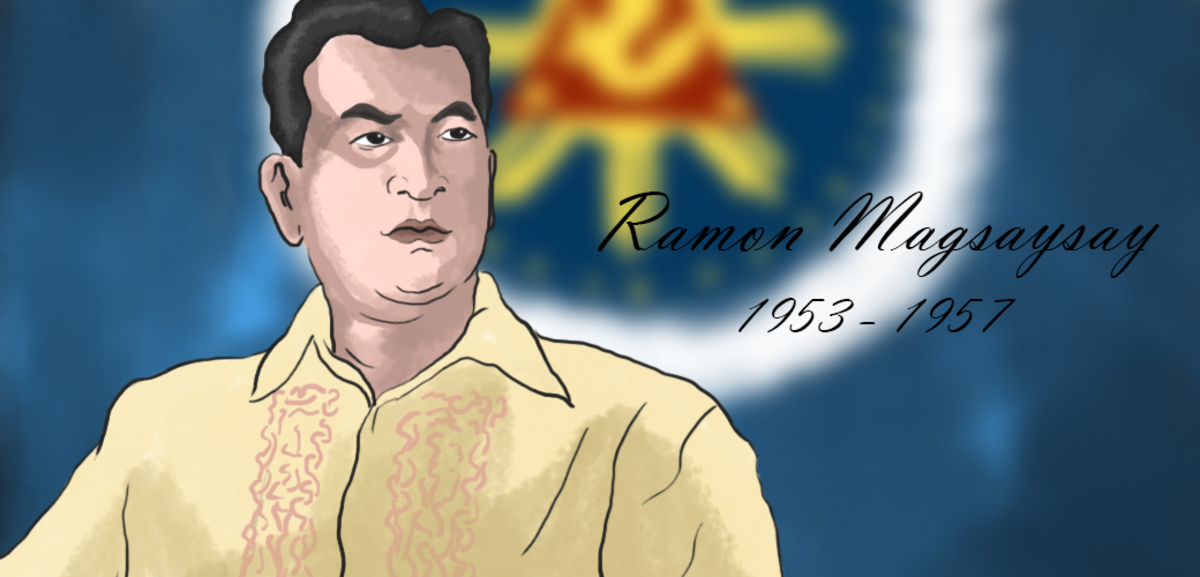
Ramon Magsaysay was born in Iba, Zambales. He was a military governor and an engineer. He died in an aircraft disaster while boarding the presidential plane.
Contributions and Achievements:
Hukbalahap movement quelled during his presidencychairman of the Committee on Guerrilla Affairsfirst president sworn into office wearing
Barong Tagalog during inaugurationpresidency referred to as the Philippines' "Golden Years" for its lack of corruptionPhilippines was ranked second in Asia’s clean and well-governed countries during his presidencyestablished National Resettlement and Rehabilitation Administration (NARRA) among other agrarian reforms
8. Carlos P. Garcia, 1957-1961
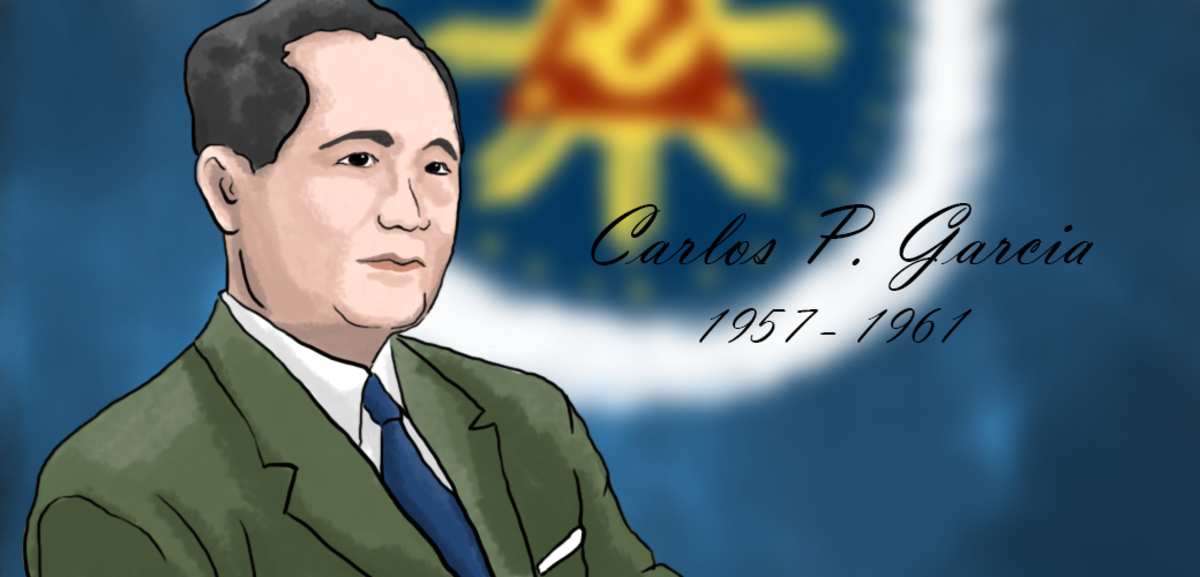
A lawyer, poet, and teacher, Carlos P. Garcia also served as a guerrilla leader during the Pacific War. Born in Bohol, Garcia serviced as vice president under Ramon Magsaysay and as secretary of Foreign Affairs for four years. He became president when Magsaysay died in 1957.
Contributions and Achievements:
known for “Filipino First Policy,” which favored Filipino businesses over foreign investorsestablished the Austerity Program focusing on Filipino trade and commerceknown as the “Prince of Visayan Poets” and the “Bard from Bohol”cultural arts was revived during his termwas the first president to have his remains buried at the
Libingan ng mga Bayani
9. Diosdado Macapagal, 1961-1965
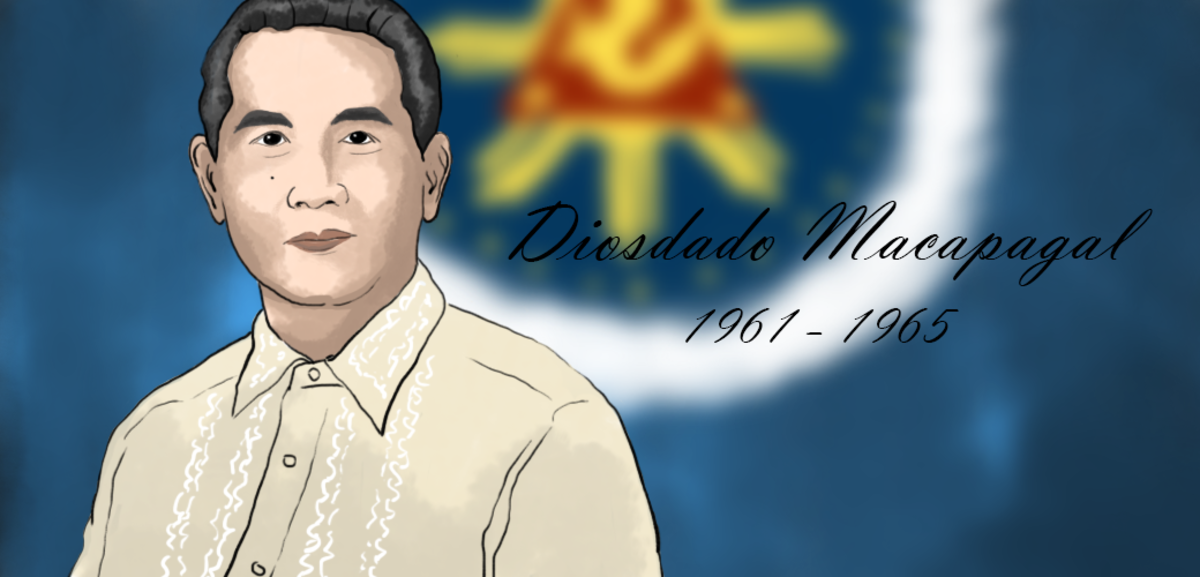
Born in Lubao, Pampanga, Diosdado Macapagal was a lawyer and professor. His daughter Gloria Macapagal Arroyo was the 14
th, and second female, president of the Philippines.
Contributions and Achievements:
established the first Land Reform Law, allowing for the purchase of private farmland to be distributed in inexpensive, small lots to the landlessplaced the Philippine peso on the currency exchange marketdeclared June 12, 1898 to be Philippines’ Independence Daysigned the Minimum Wage Lawcreated the Philippine Veteran’s Bank
10. Ferdinand Marcos, 1965-1986
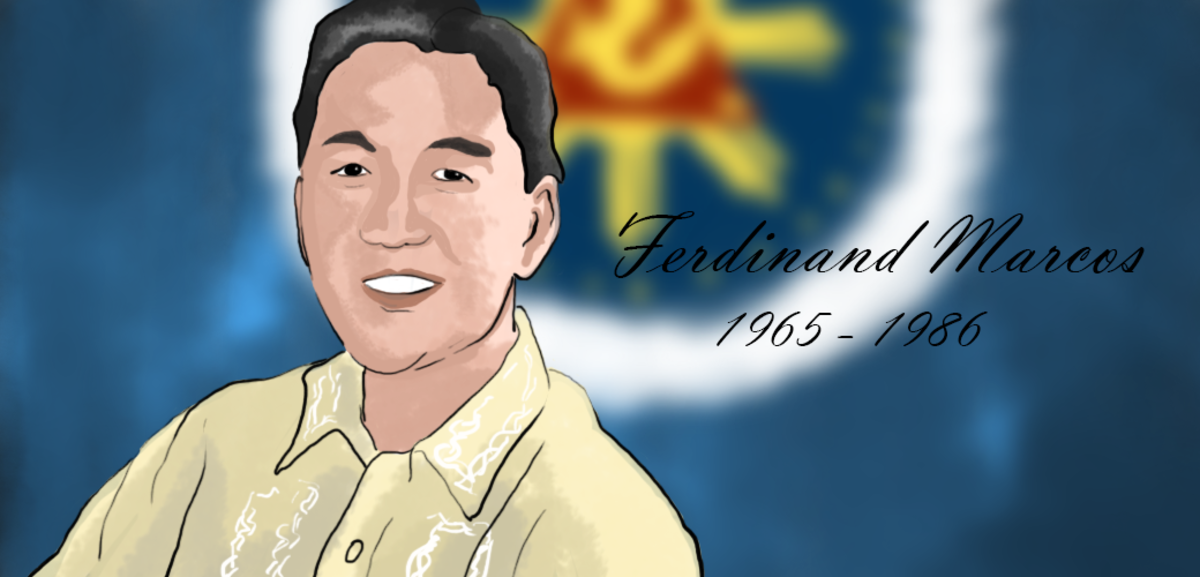
Born in Sarrat, Ilocos Norte, Ferdinand Edralin Marcos was a lawyer and Senate President for three years. He was president for 21 years. He ruled under martial law and his dictatorship was known for its corruption and brutality. Marcos was removed from office after the People Power Revolution.
Contributions and Achievements:
first president to win a second termdeclared Martial Law on Sept. 22, 1972increased the size of Philippine military and armed forcesby 1980 the Philippine GNP was four times greater than 1972by 1986 the Philippines was one of the most indebted countries in Asiabuilt more schools, roads, bridges, hospitals, and other infrastructure than all former presidents combinedthe only president whose remains are interred inside a refrigerated crypt
11. Corazon Aquino, 1986-1992
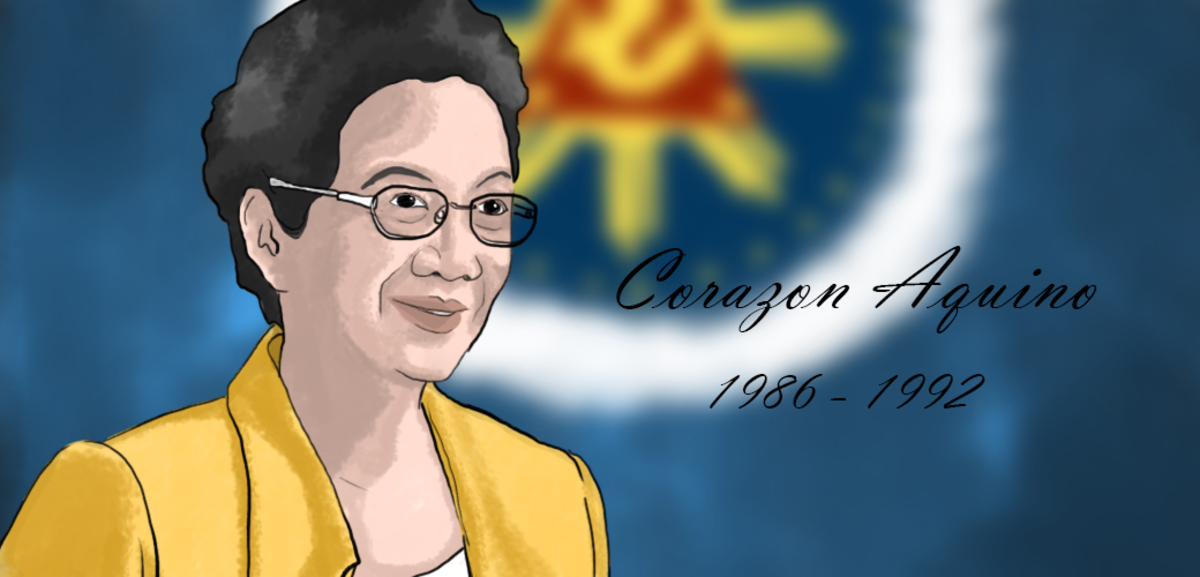
The first woman president of the Philippines and the first woman to become president of an Asian country, Corazon Aquino was born in Paniqui, Tarlac. She was a prominent figure in the People Power Revolution that brought down Ferdinand Marcos' dictatorship. Her husband, Benigno Aquino Jr., was a senator during the Marcos regime and its strongest critic. He was assassinated while Marcos was still in power.
Contributions and Achievements:
first woman to be president of the Philippines or any Asian countryrestored democracyabolished the 1973 Marcos Constitution and ushered in the new Constitution of the Philippinesreorganized the structure of the executive branch of governmentsigned the Family Code of 1987, a major civil law reform, and 1191 Local Government Code, which reorganized the structure of the executive branch of governmentinitiated charitable and social activities helping the poor and the needynamed “Woman of the Year” in 1986 by Time magazineon the new 500-peso bill together with her husband Benigno Aquino
Received honors and awards including:
100 Women Who Shaped World History20 Most Influential Asians of the 20
thCentury65 Great Asian HeroesJ. William Fulbright Prize for International Understanding
12. Fidel V. Ramos, 1992-1998
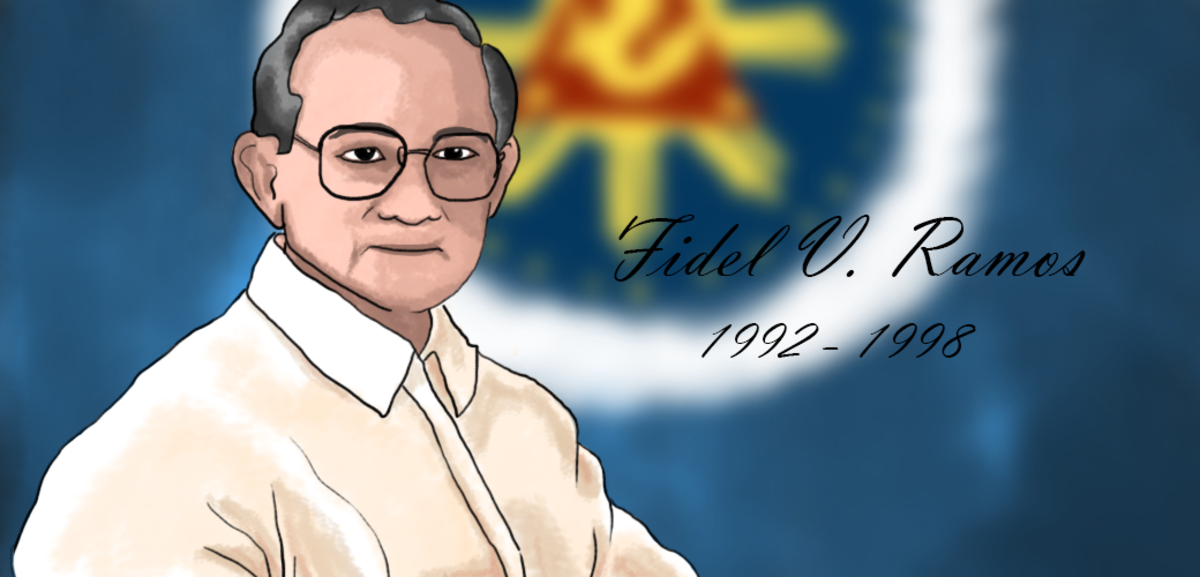
Fidel V. Ramos was the chief-of-staff of the Armed Forces of the Philippines before he became president. He was also a civil engineer. As president, he restored economic growth and stability in the country, even during the Asian Financial Crisis in 1997. He is the first, and so far the only, non-Catholic president of the Philippines.
Contributions and Achievements:
oversaw Philippine economic growthpresided over celebrations of Philippine Independence Centennial in 1998received British Knighthood from the United Kingdom by Queen Elizabeth II (Knight Grand Cross of the Order of St. Michael and St. George)hosted the fourth Asia Pacific Economic Cooperation Leader's Summit in the Philippines in 1996Philippine Stock Exchange became an international favorite during his presidencydeath penalty reinstated while he was in officesigned peace agreement with the rebel Moro National Liberation Front
13. Joseph Estrada, 1998-2001
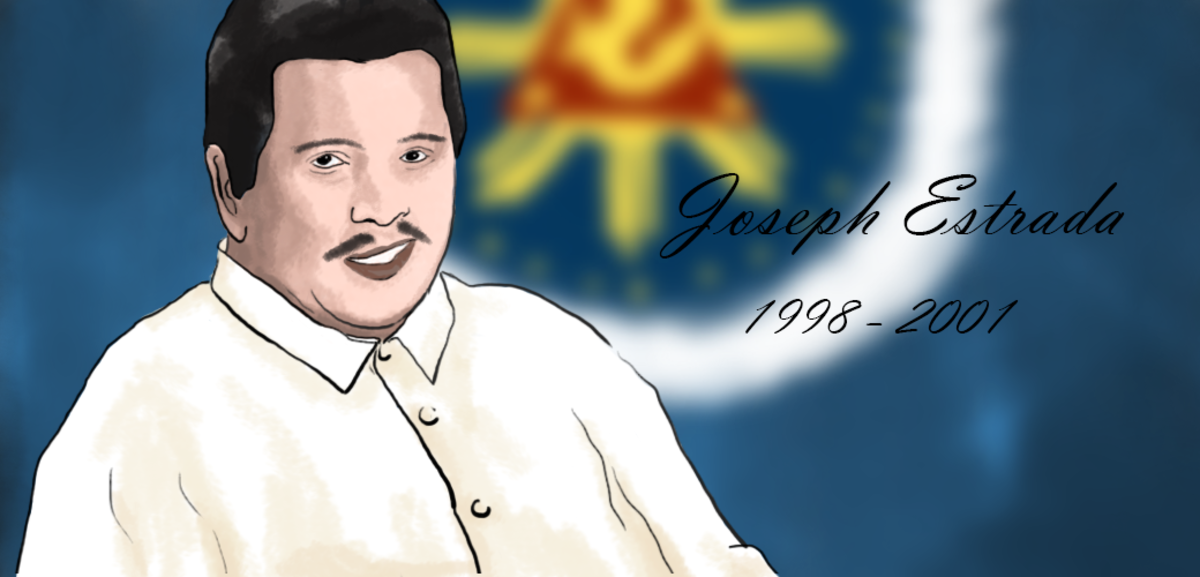
Known as Erap, Joseph Estrada was the first president who had been a famous film actor. His presidency was controversial. During his years in office economic growth was slow and he faced impeachment proceedings. He was ousted from the presidency in 2001. He was later convicted of stealing from the government but was pardoned. He ran unsuccessfully for president in 2010.
Contributions and Achievements:
during his presidency Moro Islamic Liberation Front headquarters and camps were capturedjoined other leaders and politicians to try to amend the 1987 Constitutioncited as one of the Three Outstanding Senators in 1989among the “Magnificent 12” who voted to terminate the agreement that allows for U.S. control of Clark Airbase and Subic Naval Base
14. Gloria Macapagal Arroyo, 2001-2010
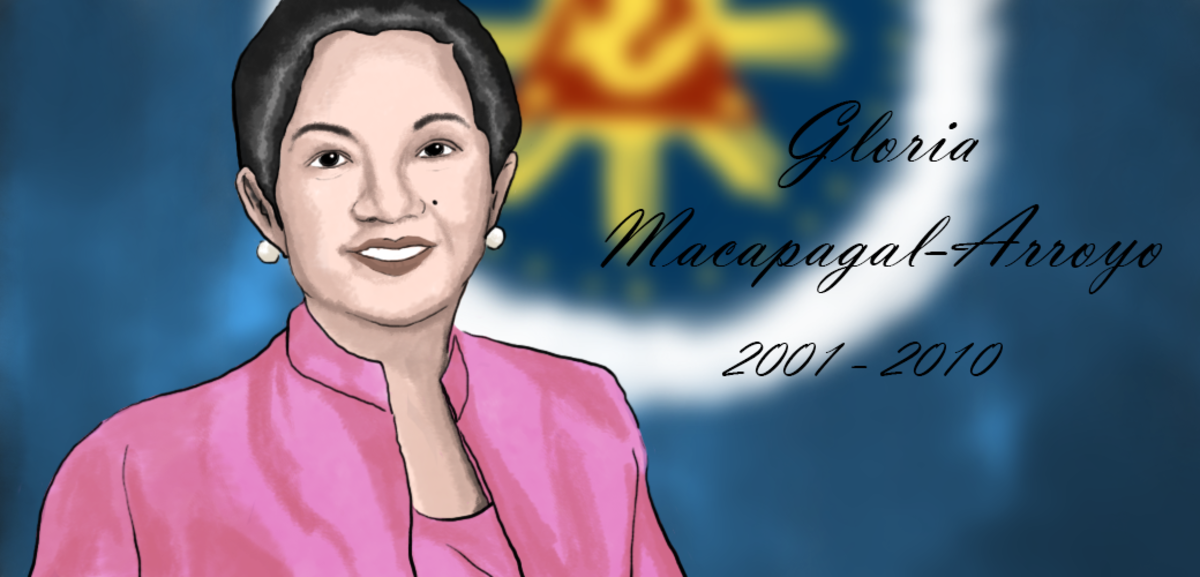
Gloria Macapagal Arroyo was the 14
th,president of the Philippines (and the second female president). The Oakwood Mutiny occurred during her term. Arroyo oversaw road and infrastructure improvements and higher economic growth that presidents before her, but there was also controversy. The so-called "Hello Garci" controversy involved recordings that allegedly captured Arroyo ordering the rigging of the election that put her in office. In 2005 Arroyo faced impeachment proceedings related to the recordings but the impeachment failed. After she had left office Arroyo faced additional charges of election fraud and misuse of state funds.
Contributions and Achievements:
second female president of the countryfirst and only female vice-president of the Philippines so farfirst president to take oath outside Luzonformer Economics professor at the Ateneo de Manila University, where current president Benigno Aquino III was one of her studentsex-classmate of former U.S. President Bill Clinton at Georgetown University’s Walsh School of Foreign Service, where she maintained Dean’s list statusoversaw higher economic growth than the past three presidents before herpeso became the best-performing currency of the year in Asia in 2007eVAT Law was implemented under her termcurrently on the 200-peso bill
15. Benigno Aquino III, 2010-2016
Benigno Aquino III joined the House of Representatives and the Senate before his presidency. He is the first president who is a bachelor; he is unmarried and has no children.
Contributions and Achievements:
created the no "wang-wang" (street siren) policyappointed statesman Jesse Robredo to serve as secretary of Interior and Local Government in 2010, where Robredo served until his death in 2012initiated K-12 education in the Philippinesrenamed the Office of the Press Secretary to Presidential Communications Operations Office and appointed new officerssuspended allowances and bonuses to Government Owed and Controlled Corporation and Government Financial Institution board membersoversaw 7.1% growth of the Philippine economy in 2012
16. RODRIGO ROA DUTERTE,2016 - PRESENT

"War On Drugs"
Contributions and Achievements in 100 days:
WINNING on a campaign that promised “change,” President Rodrigo Duterte has produced a number of significant accomplishments in just 100 days in office, but his to-do list remains long.
Key accomplishments during the three-month period include the executive order on freedom of information (FOI), the intensified campaign against illegal drugs, the revival of peace talks with communist and Muslim rebels, a one-stop shop for overseas Filipino workers, and the crafting of a comprehensive tax reform plan.
Setting the tone of his governance, Duterte launched a bloody war to bring down drug dealers and narco-politicians, and rid the bureaucracy of red tape and corruption.
More than 3,300 people, however, have died in the administration’s anti-drug campaign, half of them killed by unknown assailants. The campaign has also seen over 22,000 drug suspects arrested and about 731,000 people turning themselves in to authorities.
In the process, the firebrand Duterte has earned condemnation overseas, with human rights groups claiming the President had encouraged summary killings in urging police to go tough on drug suspects and shoot those who resist arrest.
Duterte has unleashed repeated tirades against his foreign critics, among them US President Barack Obama, the US government, the United Nations, UN Secretary General Ban Ki-moon, and the European Union.
Malacañang claimed Duterte has made “dramatic progress” in the campaign against illegal drugs and corruption during his first 100 days in office.
“From where we are, from what we can see, he has made dramatic progress,” presidential spokesman Ernesto Abella said. “Apparently the crackdown is making headway and the supply is being lowered, which tells us that the efforts against illegal drugs is succeeding.”
For Ramon Casiple, executive director of the Institute for Political and Electoral Reforms, Duterte is “one of the most active presidents” as “he is doing what he promised.”
“Feeling mo tuloy ang tagal na niyang presidente. Wala pa siyang 100 days, marami na siyang nagawa. Marami na siyang nabago [You have the feeling he’s been President for a long time. He hasn’t even reached 100 days, and he’s done a lot. He has changed a lot of things],” Casiple told The Manila Times in an interview.
Casiple pointed out Duterte’s drug war was a “success not in terms of statistics but on its intended effect.”
Officials claim illegal drug supply in the country has been cut as much as by 90 percent, and crime has been reduced by 49 percent.
“Once we have peace and order, investors will come, the economy will improve, more jobs will be available, and poverty will go down,” Casiple said.
Business processes, hotlines
Duterte’s reputation of fulfilling his promises when he was mayor of Davao City has given businessmen plenty to look forward to.
George Barcelon, president of the Philippine Chamber of Commerce and Industry, said the business community has felt improvements in the country three months into the Duterte presidency.
“We are very positive about what we’re seeing,” Barcelon said.
Donald Dee, chairman emeritus of the Employers’ Confederation of the Philippines, said that unlike the past presidents, Duterte was “serious” in addressing the problems in the country, such as criminality.
“I have seen presidents come and go. But the 100 days that we are experiencing today, you know, has borne more fruits,” Dee said.
On reducing corruption in the bureaucracy, Abella highlighted the administration’s efforts to streamline government transactions, including the processing of permits and licenses.
“The streamlining of the business processes is already one step towards avoiding corruption,” he said.
Duterte is seeking to simplify government transactions to minimize opportunities for graft. At the Bureau of Customs, an office was created to centralize collections. The President has asked local governments to cut the time for new business registrations to two days from several weeks and automate some transactions.
Preempting Congress that has sat on the freedom of information bill for decades, Duterte signed an executive order requiring all officials of the Executive department officials to be transparent and disclose to the people information on government transactions.
The government also launched the 911 rescue and 8888 complaint hotlines, programs that were warmly received by the public.
Peace with communists, Muslims
In his first 100 days, Duterte embarked on a tour of Armed Forces of the Philippines camps to explain to the troops his efforts toward addressing decades-old rebellions waged by communists and Muslims.
“My job is to bring peace. My job is to talk to the enemies of the state, and see if I could make a difference in our lives,” Duterte had said.
Talks between the government and communist rebels began in August in Oslo, Norway, and the second round is underway. Chief negotiator Silvestre Bello 3rd expects a deal to be done in 12 months.
Presidential Peace Adviser Jesus Dureza has also met with the Moro Islamic Liberation Front (MILF) to jumpstart efforts to pass the Bangsamoro Basic Law, which expands the scope and powers of the Muslim autonomous region in Mindanao.
Duterte, meanwhile, has brought the rival Moro National Liberation Front (MNLF) to the mix, by promising that the group’s founder, Nur Misuari, won’t be arrested over rebellion charges.
For former National Security Council adviser Jose Almonte, what Duterte has done in his first 100 days was “ exceptional.”
He counted as Duterte’s achievements the indefinite ceasefire with the communist rebels, the continuing negotiation on the socioeconomic component of the peace process with the communists, and his talks with the MILF and MNLF.
“Why are we in this situation? We are here because we have not solved our internal problem of fighting each other … incidentally, this is what President Duterte is primarily addressing,” Almonte said.
Other significant accomplishments of the first 100 days include re-engaging China, which had lost the case filed by the Philippines before the Hague-based Permanent Court of Arbitration regarding the West Philippine Sea, following the appointment of former president Fidel Ramos as special envoy; and the approval of the increase in the combat and incentive pay of soldiers and police personnel through Executive Order 3, which took effect on September 1.

